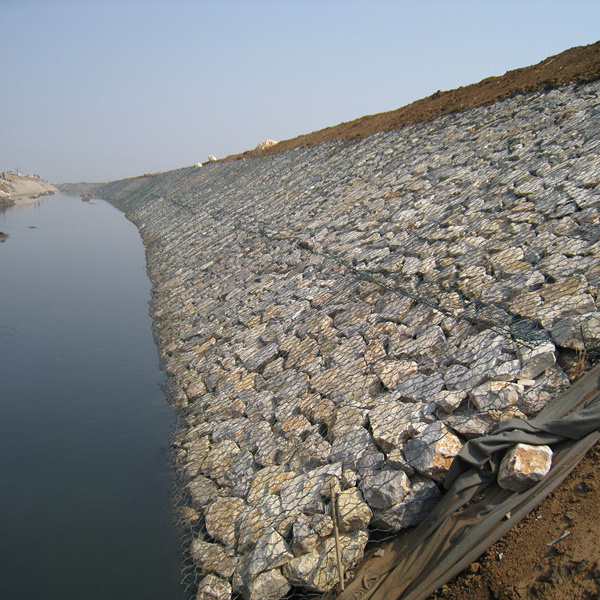Nov . 24, 2024 02:19 Back to list
best standard gabion sizes
Best Standard Gabion Sizes A Comprehensive Guide
Gabions, which are wire mesh cages filled with rocks or other materials, have become increasingly popular in various construction and landscaping projects. They serve as effective solutions for erosion control, retaining walls, noise barriers, and aesthetic enhancements in gardens and parks. When considering gabion installations, one of the most critical aspects is selecting the appropriate size. This article will delve into the best standard gabion sizes, helping you make informed decisions for your projects.
Understanding Gabion Sizes
Gabions come in various sizes, typically measured by width, height, and length. The most common standard sizes are 2x1x1 meter, 1x1x1 meter, and 0.5x0.5x1 meter. The selection of size often depends on the intended use. For larger projects such as retaining walls, 2x1x1-meter gabions provide stability and strong structural support. On the other hand, smaller sizes like 0.5x0.5x1 meter are preferred for decorative purposes or minor landscaping tasks.
Advantages of Standard Sizes
One of the key benefits of using standard gabion sizes is the ease of sourcing materials. Many suppliers offer these dimensions, ensuring accessibility and cost-effectiveness. Furthermore, standard sizes are designed to encourage uniformity in construction. This uniformity not only helps in maintaining a consistent aesthetic appeal but also simplifies the installation process, making it quicker and more efficient.
best standard gabion sizes

Applications of Different Sizes
1. Large Gabions (2x1x1 meters) Ideal for civil engineering projects, large gabions are typically used for constructing retaining walls and flood control systems. Their robust construction allows them to withstand significant pressure and weight, making them perfect for stabilizing slopes and banks.
2. Medium Gabions (1x1x1 meter) These versatile units can be employed in a variety of applications, including garden beds, seating areas, and decorative garden walls. Their size makes them easy to handle, yet substantial enough to provide structural integrity.
3. Small Gabions (0.5x0.5x1 meter) Often used for landscaping and aesthetic applications, small gabions are perfect for creating decorative features, such as planters, pathways, or artistic garden accents. Their lightweight design allows for flexibility in placement and arrangement.
Conclusion
Choosing the right gabion size is crucial for achieving your desired results, whether you are focused on functionality, aesthetics, or both. Standard gabion sizes—ranging from large to small—provide a versatile foundation for various projects. By understanding the advantages and applications of different sizes, you can make informed decisions that enhance your construction or landscaping endeavors. As you explore gabion solutions, consider how the right size can align with your project goals, ensuring durability and visual appeal for years to come.
-
HESCO Gabion Baskets for Coastal Erosion Prevention
NewsAug.22,2025
-
Longevity and Durability of River Rock Gabion Walls
NewsAug.22,2025
-
How to Integrate Gabion 3D Walls in Urban Planning
NewsAug.22,2025
-
Reno Mattress Gabion Applications in Civil Engineering
NewsAug.22,2025
-
How to Install Wire Mesh for Gabion Baskets Properly
NewsAug.22,2025
-
Best Materials for Filling a Chain Link Gabion
NewsAug.22,2025
-
Wire Mesh Thickness Impact on Gabion Wall Load Bearing
NewsAug.12,2025






